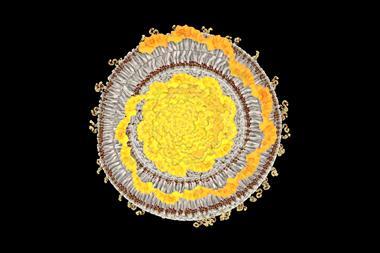The European commission must improve some of its regulations around the protection of intellectual property (IP) rights, according to a new report from the European Court of Auditors (ECA). In particular, it should update its system for calculating fees and strengthen IP rights enforcement.
IP rights ensure that businesses and designers profit from their creations. They also provide quality and safety assurances to consumers. IP-intensive industries, concentrated mainly in the manufacturing, technology and business services sectors, generate 45% of the EU’s economic activity, worth €6.6 trillion (£5.5 trillion), and provide nearly 29% of total EU employment. Each year, counterfeit products are estimated to lead to €83 billion in lost sales.
‘Intellectual property rights are vital for the EU economy: they encourage innovation and investment, and discourage counterfeiting and its harmful effects,’ says Ildikó Gáll-Pelcz, the ECA member responsible for the audit. ‘But the current EU framework doesn’t give all intellectual property rights the protection they need. We hope that our recommendations will help the EU to increase that level of protection to the level that the single market requires.’
In particular, the report says the EU designs directive is incomplete and outdated, and national and EU systems should be better aligned. In addition, the auditors recommend an EU-wide protection regime for all products. At present, certain non-agricultural products like crafts and industrial designs are not covered, although some member states have legislation in place to protect them.
The report is also concerned about significant disparities between EU IP rights fees and those charged by the national authorities. It recommends a clear method for determining EU fees that reflect real costs. Currently, this lack of clarity results in an ‘excessive’ level of fees with the EU Intellectual Property Office reporting a surplus of over €300 million in its 2020 accounts.
Enforcing IP rights could also be done better, the report says. The problem is that the IP enforcement directive, which protects against counterfeits, is not uniformly applied throughout the EU. This may lead counterfeiters to import their wares into the EU in places with less stringent controls and sanctions. However, the auditors note that legislative and support measures are in place to protect EU trademarks.
Annette Kur, affiliated research fellow in intellectual property and competition law at the Max Planck Institute for Innovation and Competition in Munich, agrees that the legal conditions for enforcement could be improved. ‘In particular, it is deplorable that neither the EU trademark regulation nor the community design regulation contain a full catalogue of sanctions and remedies. The gap must be filled by national law, which is still somewhat diverse as the report also states. While that is “tolerable” insofar as national rights (harmonised on the basis of the respective directives) are concerned, it is a real nuisance when it comes to EU trademarks and designs which are, after all, considered to be “unitary” in all their aspects.’












No comments yet